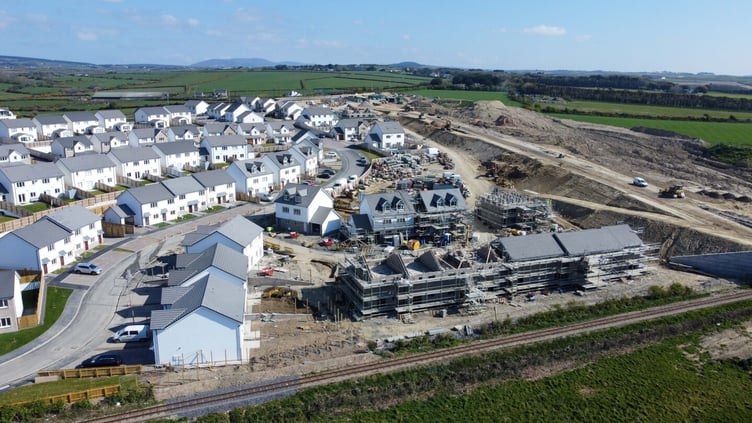Some 9,900 new homes would be needed to meet the government’s target of growing the Isle of Man’s population to 100,000.
This is the estimate outlined in the island’s first housing needs assessment which has been published this week by the Housing and Communities Board on behalf of the Council of Ministers.
The assessment was carried out by Opinion Research Services which was tasked with calculating the housing need required to meet government’s twin objectives of creating 5,000 new jobs by 2032 and increasing the population by 15,000 by 2037.
Based on past trends, the assessment sets out net inward migration of 650 people a year, increasing the population by 9,600 by 2041. This figure corresponds to 5,900 more households and would require 6,400 new dwellings.
But the net inward migration of 650 would fall far short of the desired 5,000 extra workers by 2032 and would only meet that target by 2041. It also falls well short of the goal of growing the population by 15,000 by 2037.
The assessment considers an alternative of net inward migration of 1,000 a year which it says comes closest to achieving 5,000 extra economically active residents by 2032.
It would reach that target by 2035 and would effectively meet the 100,000-population ambition by 2039.
This 1,000-a-year projection equates to 8,600 more households which would correspond to a need for 9,900 extra dwellings.
Chairman of the Housing and Communities Board, David Ashford MHK, said: ‘The assessment is the first of its kind for the island and provides us with a guide on where the board needs to focus its efforts in terms of housing policy and future supply and demand.
‘The completed assessment is the start of the journey.
‘We must now take stock of its findings and take appropriate time to consider its implications and how we will meet the needs of our population, ensuring everyone has a place that they can call home.’
The board plans to consider and respond to the assessment by October this year.

Data from a range of sources including census statistics, social security numbers, and existing figures for both public sector and affordable housing were collated and analysed for the assessment.
It explores the influence of demographic shifts and trends and considers demand for housing across private residences and supported and affordable living.
The largest increase over the plan period is in households aged 75+, an increase of 3,330. There is also an increase of 1,540 in households aged 65-74, again split mostly between single households and couples without children.
The other large increase of about 2,050) is in 35–44-year-olds, mostly families with children, an increase partially driven by migration. These increases are offset by a small reduction in households aged 16-34.
Authors of the report suggest that the 9,900 new homes needed would be made up of 7,135 owner-occupied, 1,568 private rentals and a minimum of 1,208 public sector housing.
They point out that the 10-year eligibility criterion means that some households that move to the island in the latter half of the plan period would not be eligible for public sector housing.
This group would be highly likely to apply for benefits to help with housing costs, notes the report, and would potentially for a demand for the ‘new mid-rent scheme currently being piloted at the time of writing’.
The 9,900 new homes are broken down across all sectors into 811 one-bed properties, 2,748 two-beds, 3,730 three-beds and 2,620 four-plus bedroom homes.

.jpeg?width=209&height=140&crop=209:145,smart&quality=75)



Comments
This article has no comments yet. Be the first to leave a comment.